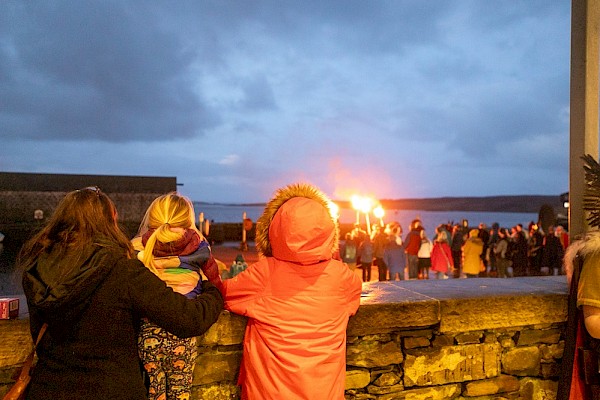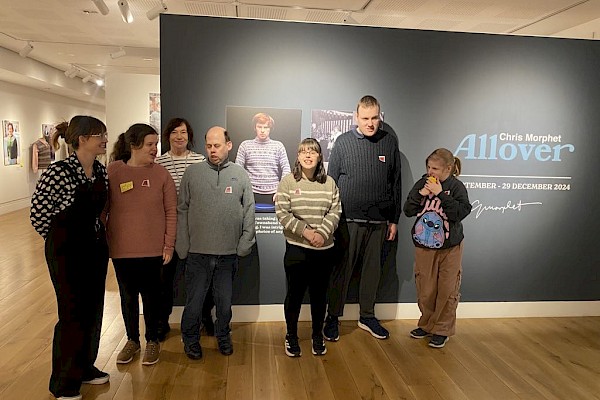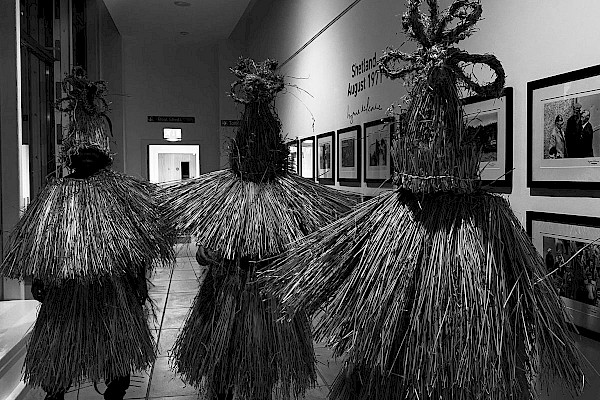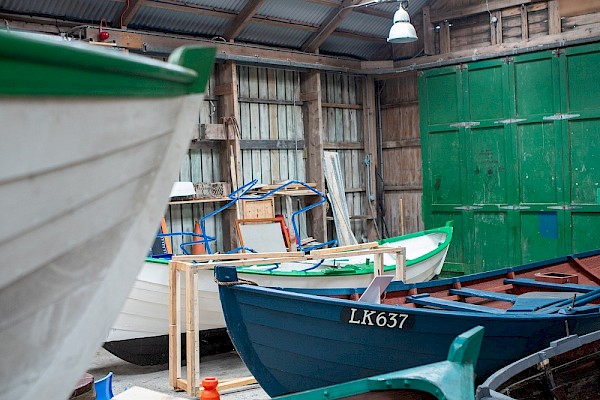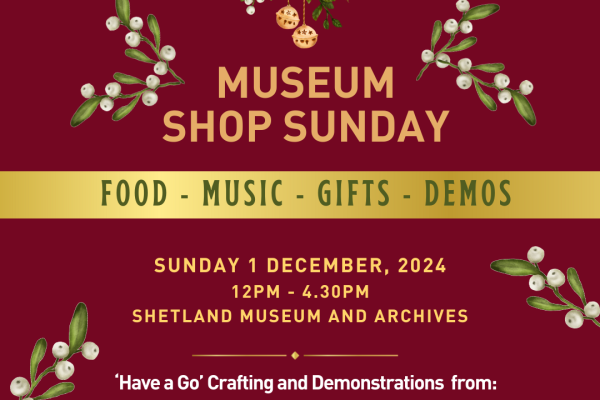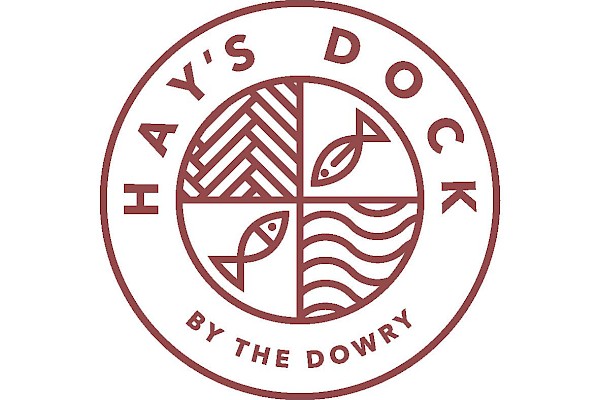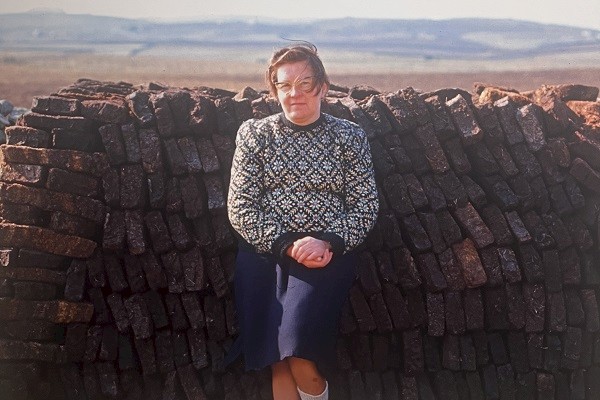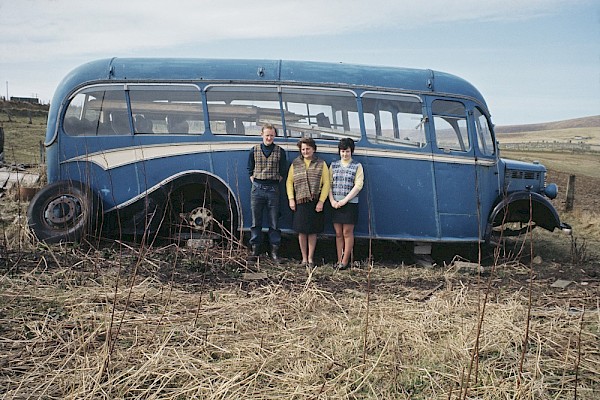Highlights from two centuries of Shetland fine knitted lace on display
A new awe-inspiring display of Shetland fine knitted lace spanning two centuries is now available to view at the Shetland Museum and Archives.
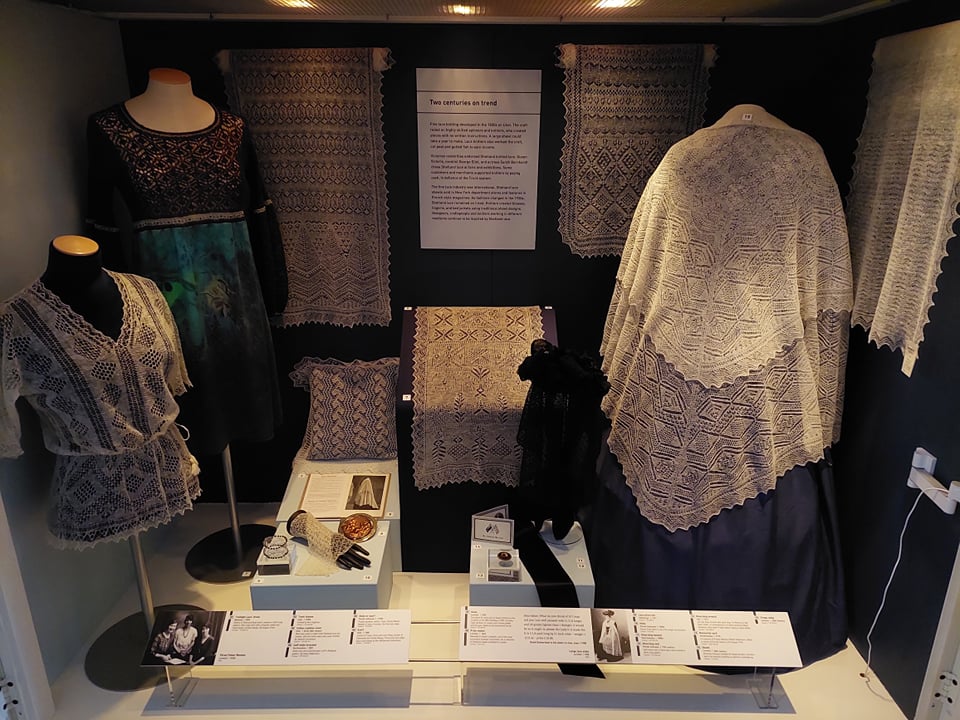
The display, which is a redesign of the original lace exhibition in the permanent galleries, is one of the outcomes of the two-year Lace Assessment Project which was led by textiles curator Dr Carol Christiansen and funded by Museum Galleries Scotland.
Drawing from the museum’s rich collection of over 400 Shetland lace pieces, the display highlights key items in the collection from the mid-nineteenth century to the present day and shines a light on this distinctive textile product which has achieved global recognition.
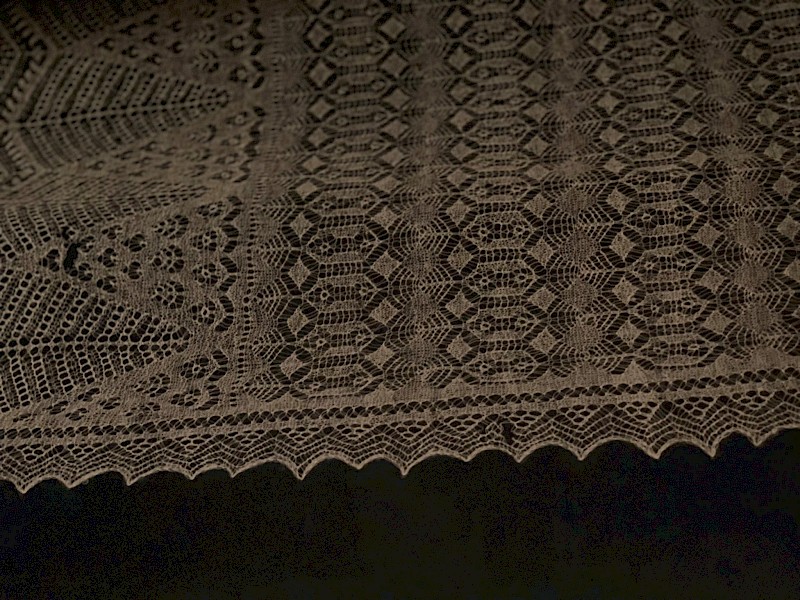
Dr Carol Christiansen explains: “Since 2009 we have done extensive research on Shetland knitted lace design and the lace industry, which began in the late 1830s. We wanted to revise our permanent display to reflect our expanded view of its history and importance and to include new, important donations received in the last decade. For example, one item is the test piece for the stole that was gifted to Queen Victoria on her 80th birthday in 1899. Two pieces were made - the best went to the Palace, and the other is here on display.
“A second important outcome of the Lace Project is our new understanding of why Shetland lace was designed in the way it was. We wanted to document and show how, in particular, the borders of lace shawls were a really crucial element in the design of the shawl - much more so than the centre, which often people focus on. As shawls were developed as a fashion item in the 1840s onward, when women’s skirts were expanded outward with a crinoline, it is typically the border that is shown off as it is draped onto the skirt, and this is in fact the more complex part of the design. In this case, design definitely followed fashion.”
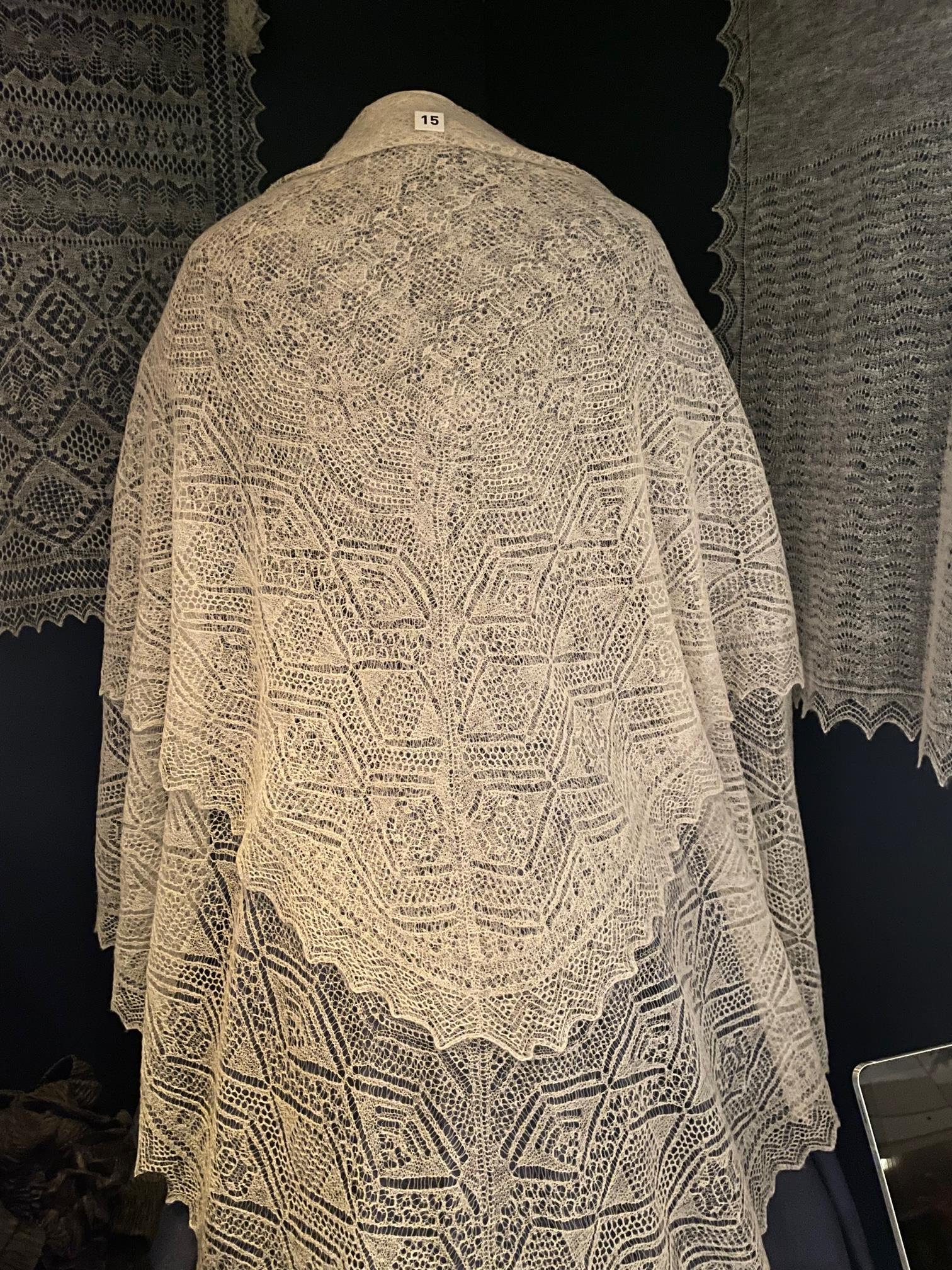
Another highlight of the display is an exquisite lace blouse from the 1920s – 30s. It is one of a number of fashionable and daring lace blouses recently donated to the museum collection, all of which are extremely well made and designed with extremely fine spinning. The blouses signify the modernisation of the craft of Shetland fine knitted lace and proved it could respond to contemporary women’s fashion after the corseted Edwardian period.
Two contemporary pieces also form part of the display and show how traditional lace patterns have been reinterpreted and are still relevant and in demand today. The first is a bold lace and silk dress by Angela Irvine of Whalsay which uses a Shetland black lace yarn for the bodice and the skirt is printed silk; and the second is a delicate silver and bead lace cuff by Helen Robertson of Northmavine.
Since 2013 Shetland Museum’s Textile Collection has been recognised as a Nationally Significant Collection. The Lace Assessment Project and the new exhibition was funded by Museums Galleries Scotland’s Development Fund for Recognised Collections.
A series of blogs following the progress and findings of the Project can be viewed here.
